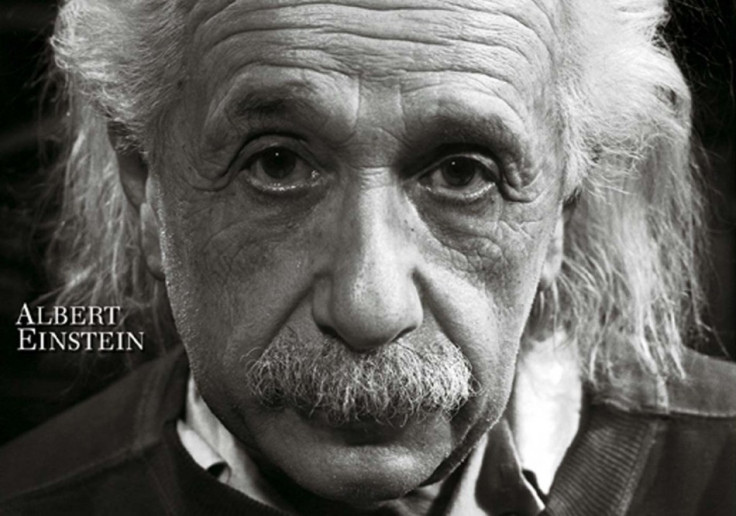Albert Einstein Letter Reveals 'Secret Council' Theory to Solve Arab-Israel Conflict

Albert Einstein, the most famous physicist to have ever lived, did not just try to solve the world's mathematical problems - he also tried to resolve the fiery Arab-Israeli conflict.
In a 1929 letter to Azmi El-Nashashibi, editor of the Arab newspaper Falastin, the Nobel Prize winner suggested setting up a "secret council" of Jews and Arabs to hold weekly meetings and joust over the issues at the time between them, mostly involving the British Mandate for Palestine.
The council should comprise a group of eight people, said Einstein, with four people from each side, including a physician, a jurist, a union representative, and a religious leader.
For the first time the letter will be put on public display, along with a vast archive of his letters, notes, and other documents, all owned by the Hebrew University of Jerusalem, which he co-founded.
Einstein, who was a German-Jew and died in 1955, left the archive to the university in his will.
Most of the documents will be digitised to allow anyone to access them online.
"It will make this access much easier ... for interested academics because they will be able to browse through the 80,000 documents and they will be able to use, to benefit, from the most sophisticated technological tools of categorisation, cross-referencing, looking at key words, looking at related documents," Hanoch Gutfreund, a university professor responsible for Einstein's archive, told Reuters.
"Ultimately everything will be there - digitised, annotated, transcribed, translated.
"So this is going to be not only something to satisfy the curiosity of the curious but it also will be a great educational and research tool for academics."
The collection also includes 24 love letters penned by Einstein to his second wife Elsa - though he wrote them while still married to his first wife, Mileva.
There is even the original scrawl of his most famous theory, that of the relativity between time and space, e=mc2.
© Copyright IBTimes 2024. All rights reserved.






